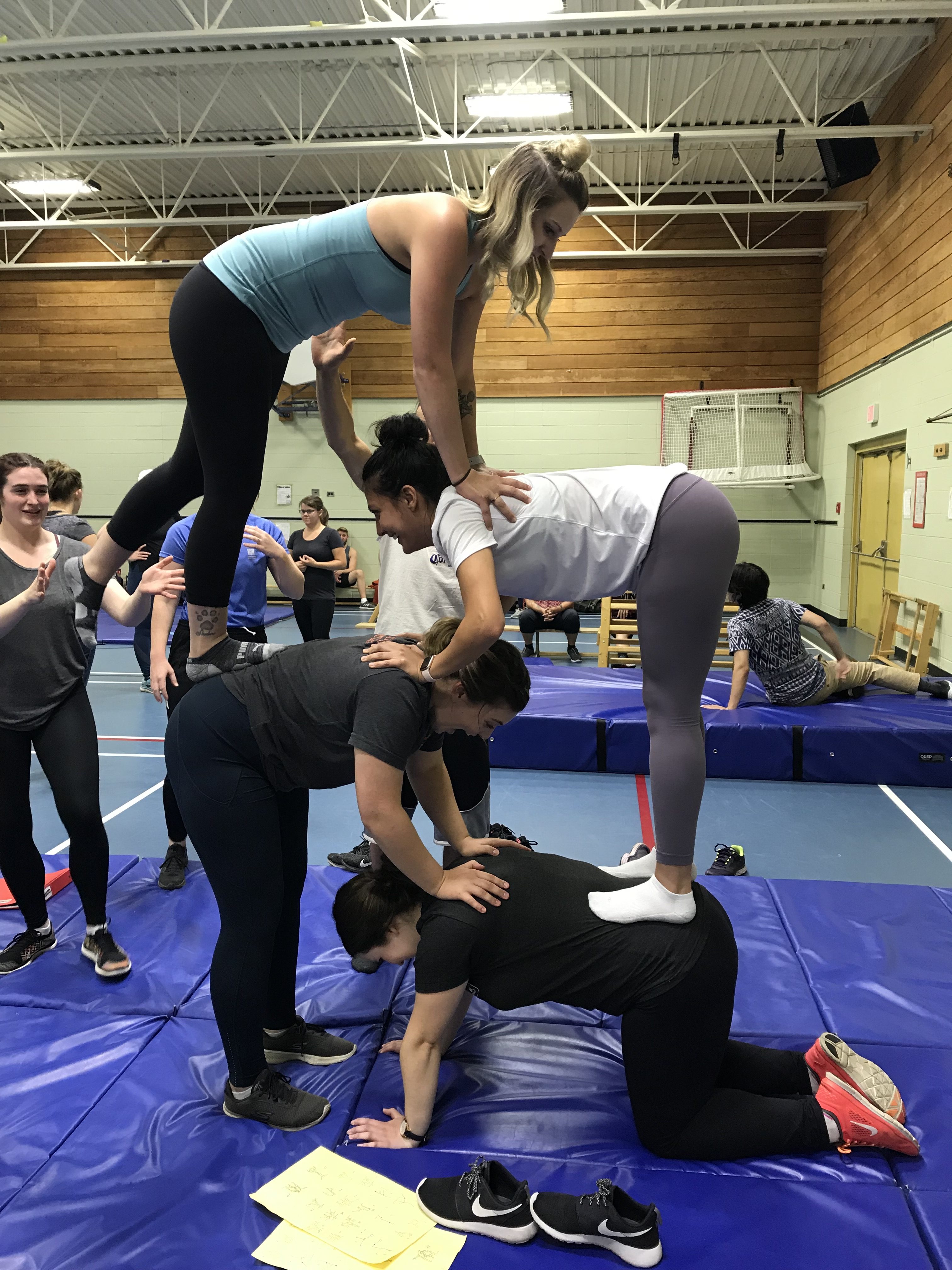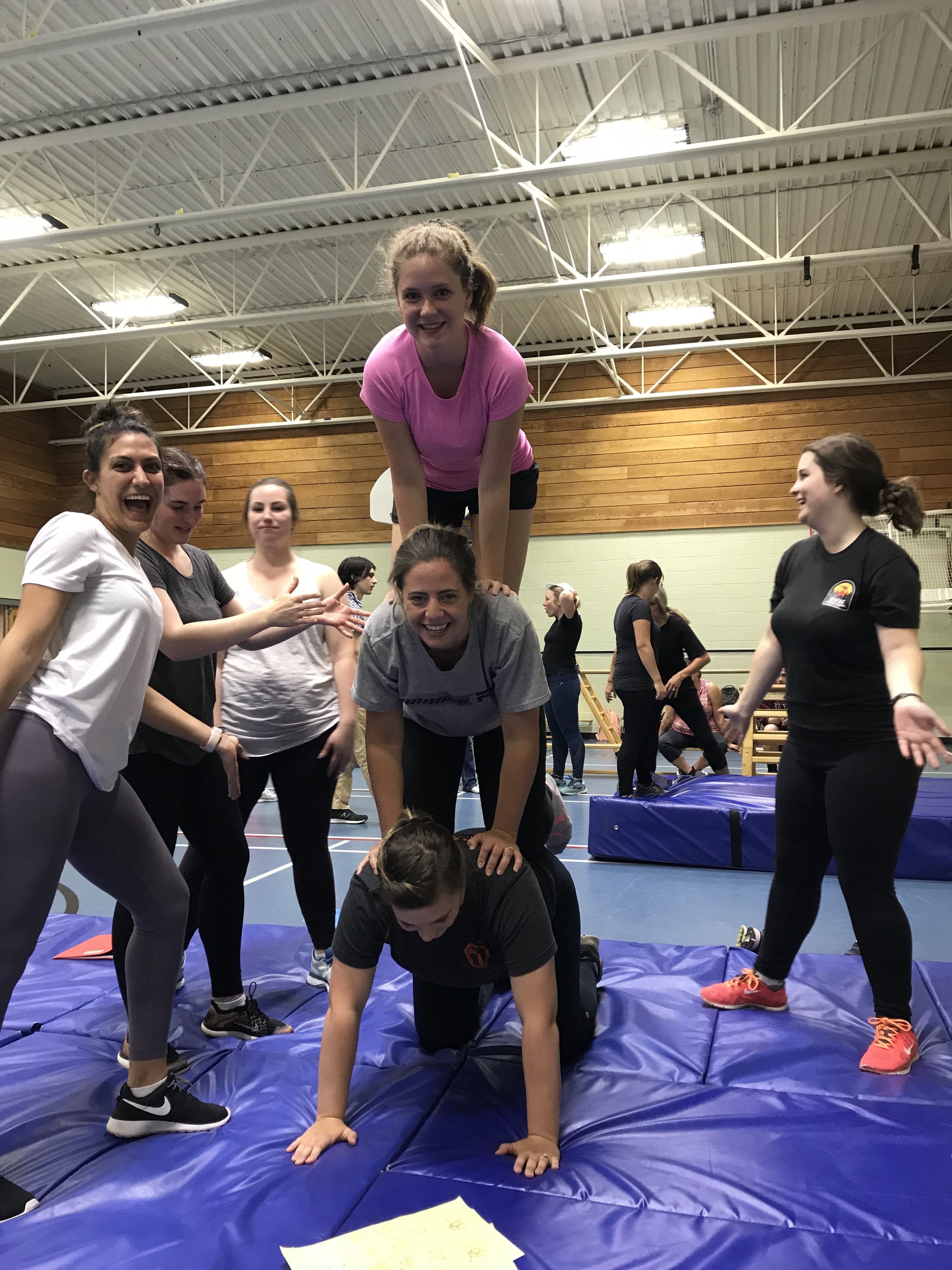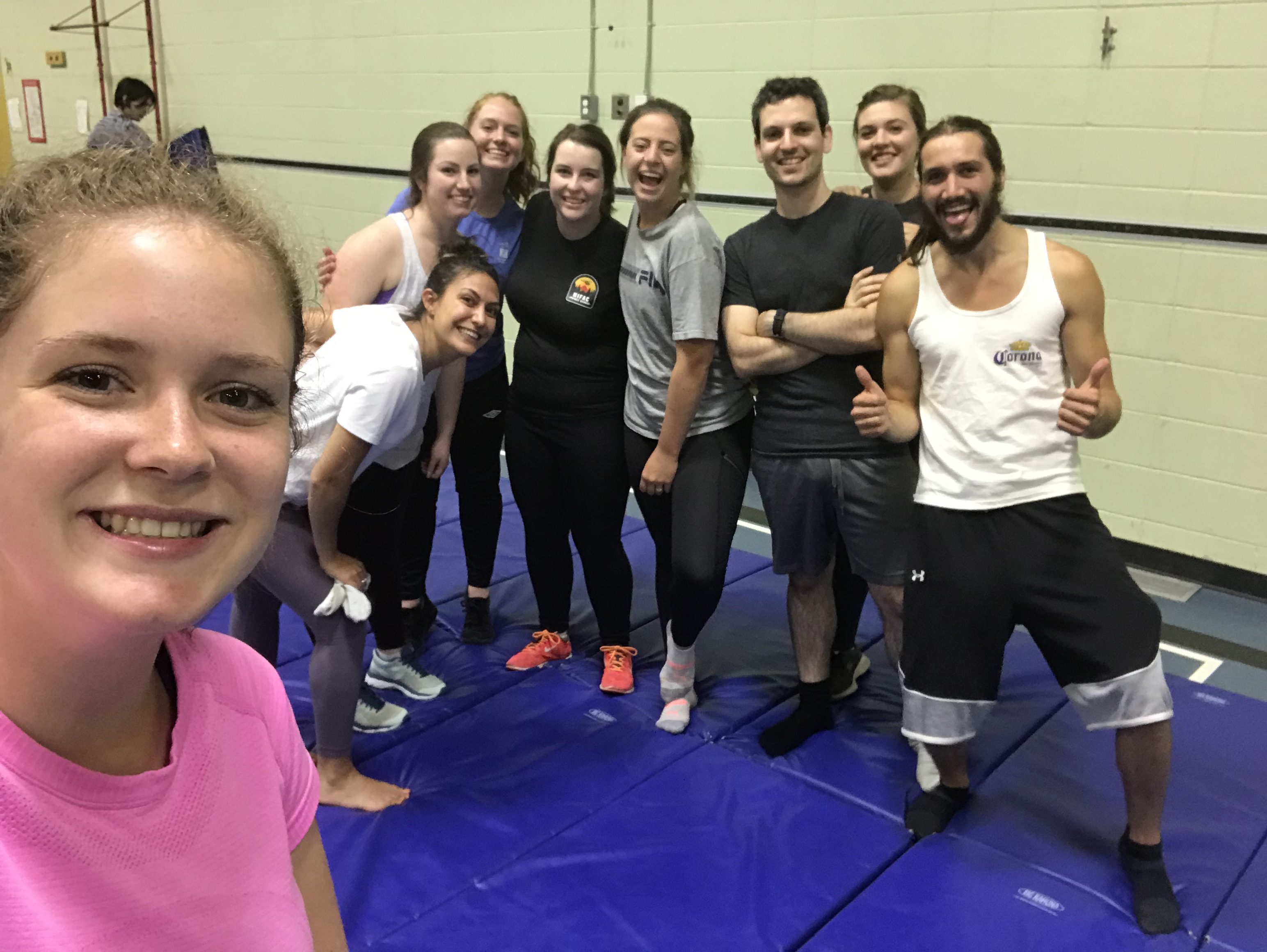Educators understand and apply knowledge of student growth and development.
In my final practicum I sat in on many Individualized Educational Plan meetings as well as Behavioral Support Plan meetings with the School Based Team. I spent a lot of time learning about the different needs in my classroom so I could plan to support my students to the best of my abilities. We had a significant amount of social diversity in my EDUC-491 practicum classroom that I had to include extensive adaptations for in each lesson I created. I used Shelley Moore’s bowling video as a guidance tool in my planning. In Shelley Moore’s metaphor the pins are the students and the bowling ball is the teacher. Shelley says “Professional bowlers do not aim for the head pin. They do not aim for the middle. They aim for the pins that are the hardest to hit. The probability of pins getting knocked over is higher, if they aim for the pins on the edges, because these pins help the others… fall down. If those outside pins weren’t there, it would be harder to get a strike.” When planning I ensured I had everything differentiated to the outliers and I could strike all student learning within the classroom.
Shelley’s Blog Post:
As a practicum student, I have noticed how much students are affected by sitting down for most of the day. When students sit down in one place all day, they often experience one of two things: fatigue or hyperactivity. Action breaks help students to exert excess energy and refocus the mind. Mindfulness helps students to settle their bodies and minds to prepare themselves for their learning. The students in my classroom benefitted from the action breaks and mindfulness that were implemented throughout the day.
Katie Marren, a vice principal from school district no. 57 has 5 different guided meditations targeted towards students that she has uploaded to soundcloud.com. The tracks include Mindful Mondays, Tranquil Tuesdays, Wisdom Wednesdays, Thoughtful Thursdays, and Focus Fridays. After students close their eyes and experience the meditations they frequently experience better focus and behavior improves. Katie discussed the importance of recognizing the signs of fatigue and restlessness in our students during the day. By understanding students and their needs while their bodies develop and grow, teachers can ensure students are set up successfully to learn. By providing students with activities throughout the day like action breaks and mindfulness teachers are able to ensure they have set up their students for success.
Learning About Action Breaks in Physical Education
Action breaks work similarly to mindfulness by giving students an outlet for excess energy. When students return from the action break they can refocus themselves and be successful in the classroom. When students have built up energy or are feeling low from low blood circulation, they have extra obstacles set in the way of their learning. Often students need guidance from teachers to help them be successful because they don’t yet understand or are unable to recognize their bodies’ growth and development.



“Action breaks benefit kids’ physical wellness, academic success, and social-emotional health” This quote is from the go noodle website that provides educators with many sources to give students an action break. I used Go Noodle as a resource during my last practicum and learned that it provides guided physical activity that can be completed in a classroom.